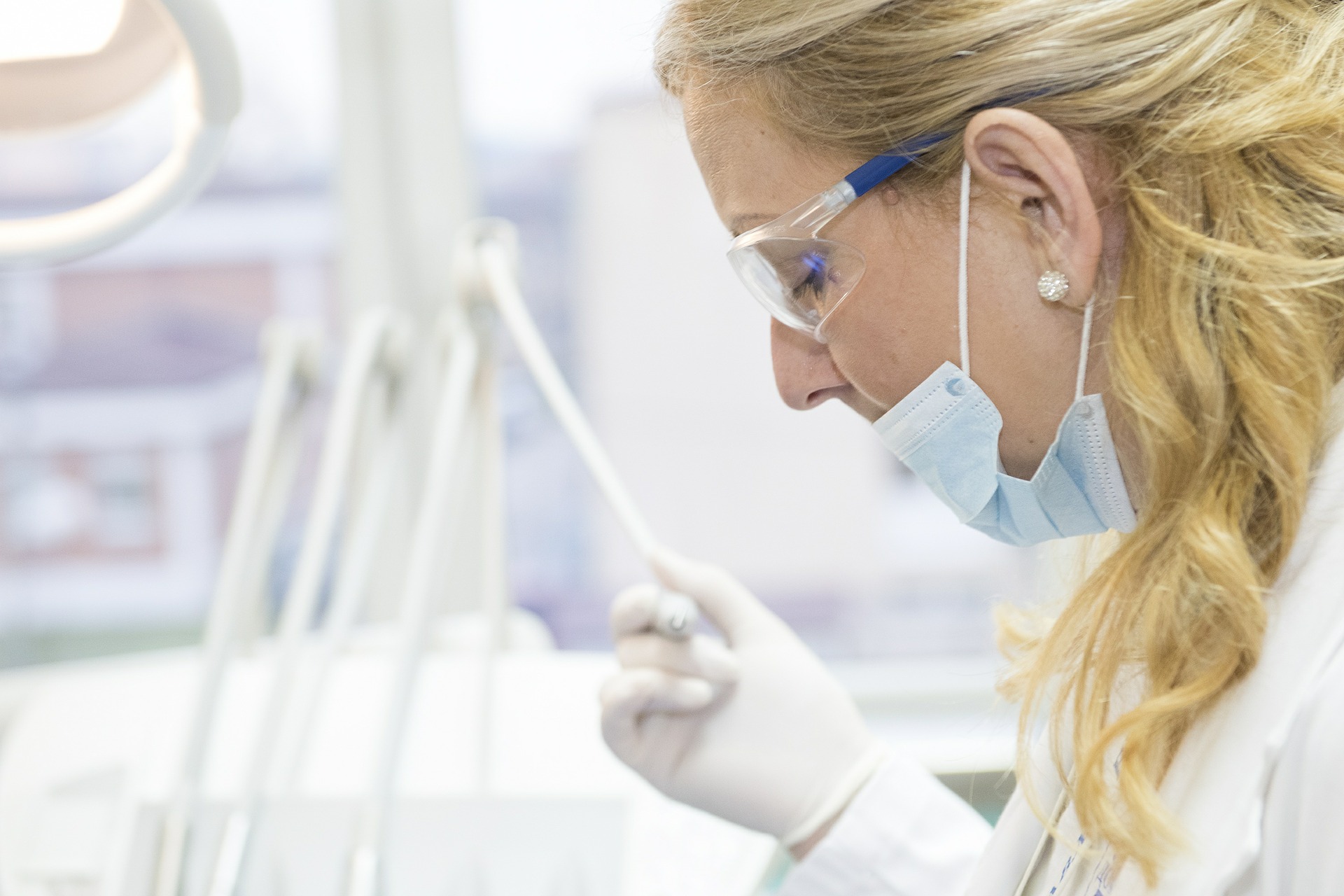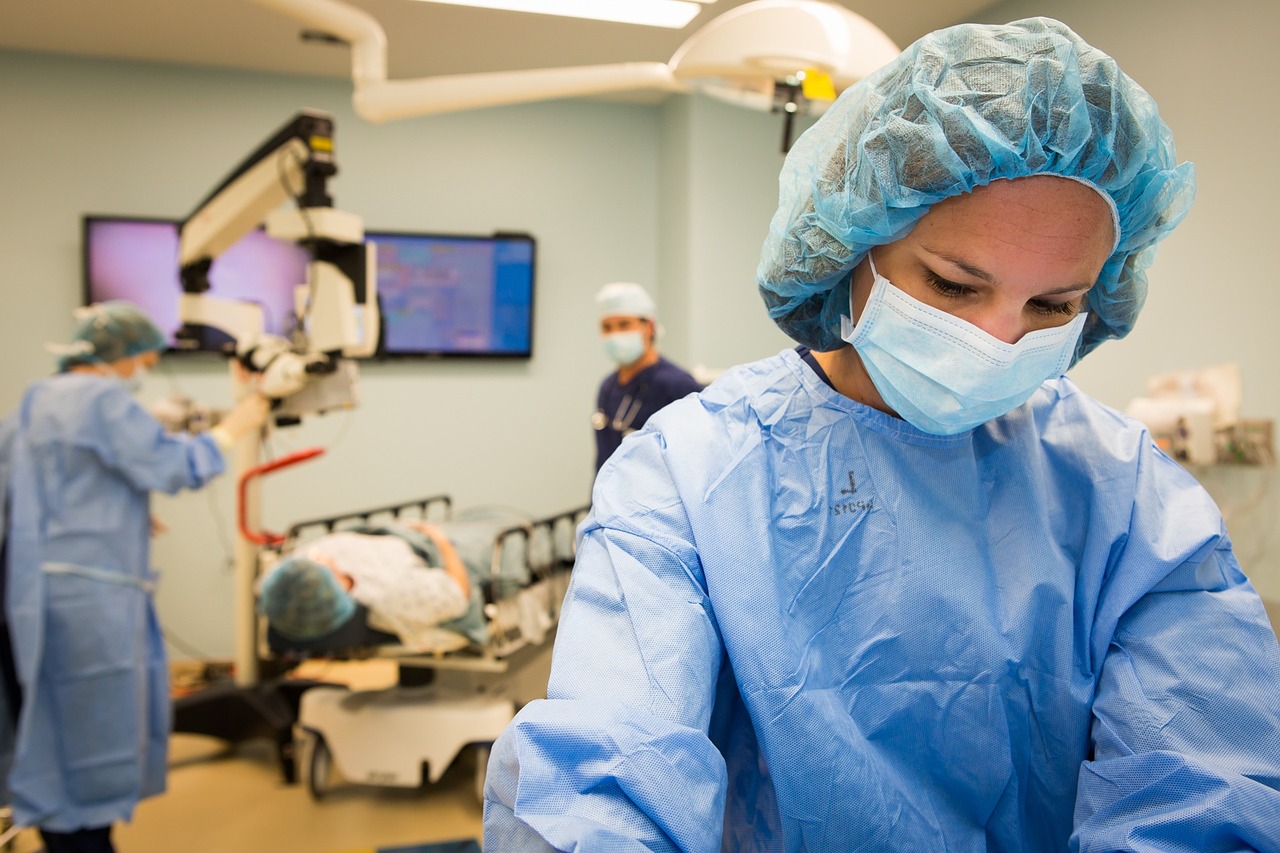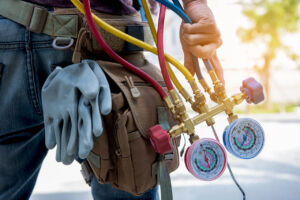The human body comprises 11 major systems: networks of cells, tissues, and organs that perform specific functions. Together, they support life. If one fails, it affects the others, producing signs of illness. By learning about the anatomy and physiology of the body systems, vocational nurses (LVNs) and medical assistants (MAs) can better understand what symptoms mean, how they’re treated, and how they affect the lives of the patients they serve.
What Are the 11 Human Body Systems?
The 11 body systems encompass every part of the body. They work synergistically to maintain homeostasis, the delicate equilibrium between separate but integrated structures.
They include:
The Integumentary System
The Integumentary system is the body’s largest organ system. Consisting of the skin, hair, nails, and associated structures, it protects the body from microorganisms, chemical pollution, UV protection, fluid loss, and temperature fluctuations. When exposed to sunlight, the skin also produces Vitamin D, a critical nutrient that supports bone growth, metabolism, and the body’s immune response to pathogens.
Medical assistants and vocational nurses should be familiar with skin anatomy and common skin conditions like dermatitis, eczema, psoriasis, and related treatments. Nurses play a more hands-on clinical role in acute care settings, requiring additional knowledge of skin physiology, the skin’s role in fluid balance, and complex wound care techniques.
The Skeletal System
The Skeletal system consists of bones, cartilage, and ligaments. It provides structural support and safeguards internal organs. Bones also serve as a storage system for minerals like calcium, magnesium, and phosphorus.
Skeletal system disorders, such as arthritis and gout, are among the top causes of pain and immobility, affecting how nurses and medical assistants approach patient care. Medical assistants in urgent care clinics or orthopedic practices may assist patients with mobility restrictions. Broad knowledge of the skeletal system facilitates preparation for other medical assisting tasks, such as planning for diagnostic procedures and orthopedic treatments, from minor surgeries to applying splints or casts.
Nurses assist patients with activities of daily living, so they should know how to manage mobility issues and the consequences of immobility, such as skin breakdown. LVNs also administer oral and injectable medications for bone loss and should be knowledgeable about the side effects.
The Muscular System
Comprised of muscles and tendons and fibrous tissue cords connecting muscles to bones, the muscular system supports the skeleton and facilitates movement.
A firm grasp of muscle anatomy, including the major muscle groups and their functions, is crucial for patient care. Administering intramuscular injections, for example, is a common task for medical assistants and vocational nurses. Knowledge of muscle anatomy helps guide injection techniques. Muscle injuries, such as strains and sprains, are common, requiring inpatient and outpatient care.
Nervous System
The nervous system includes the brain, spinal cord, and nerves. It controls autonomic and motor functions.
Understanding the central and peripheral nervous systems allows medical assistants and vocational nurses to recognize and respond to neurological symptoms associated with strokes, nephropathy, and neurodegenerative disorders, such as multiple sclerosis. Recognizing signs of altered mental status or changes in sensation and motor function is crucial for the early identification of disorders, from drug overdoses to diabetes.
The Endocrine System
The endocrine system comprises glands, including the pituitary, thyroid, adrenals, and pancreas. The hormones they secrete regulate most body functions, from growth and metabolism to digestion and reproduction.
Common endocrine conditions include diabetes, hypothyroidism, infertility, and adrenal insufficiency. Medical assistants and LVNs help educate patients with these disorders about medication management, lifestyle choices, and other treatment options.
The Cardiovascular System
The cardiovascular system includes the heart and the 60,000 miles of blood vessels that transport oxygen and nutrients throughout the body. Medical assistants and vocational nurses are crucial in diagnosing and managing cardiovascular conditions.
Understanding common cardiovascular conditions, such as hypertension, heart failure, and coronary artery disease, helps medical assistants interpret vital signs and educate patients about heart-healthy lifestyles. Medical assistants also perform phlebotomy and electrocardiograms, requiring blood vessels and heart anatomy knowledge.
Vocational nurses assess patients for signs of cardiovascular disease, such as chest pain, shortness of breath, and swelling in the lower extremities. Expertise is crucial for early identification, monitoring, and intervention.
The Lymphatic System
The lymphatic system has several vital functions, including the lymph nodes, bone marrow, thymus glands, and spleen. It produces immune cells and aids in fat absorption while controlling fluid balance by returning excess fluid from soft tissues to the bloodstream.
Medical assistants and vocational nurses should know where central lymph nodes and drainage areas are located. Enlarged nodes and fluid accumulation can signal severe disorders like cancer or heart failure. Recognizing symptoms of lymphatic disorders, especially lymphedema and persistent swelling in the arms or legs, is vital for nurses in hospital cardiac units, nursing facilities, and wound care clinics. Fluid retention suggests changes in heart function that may require medication adjustments or the application of compression garments. Swollen limbs are also vulnerable to skin breakdown, necessitating pressure relief and conscientious care.
The Respiratory System
The respiratory system facilitates gas exchange. The lungs and associated structures move oxygen and carbon dioxide in and out of the bloodstream.
Monitoring respiratory status, including respiratory rate and peripheral oxygen saturation, is routine for medical assistants. Recognizing abnormal values and responding promptly is critical.
Nurses must also be familiar with lung sounds generated by air movement in and out of the lungs as heard through a stethoscope. Crackling noises, for example, suggest fluid buildup in the lower part of the lungs, signaling fluid retention or pneumonia. Wheezing may indicate asthma or other obstructive lung disorders.
The Digestive System
The digestive system processes and absorbs nutrients from food. It includes the mouth, esophagus, stomach, intestines, liver, pancreas, and gallbladder.
Digestive disorders are among the most common reasons for visiting doctors. Medical assistants will trigger a wide range of complaints, from vomiting and diarrhea to acid indigestion. Comprehensive knowledge of the digestive system will help them differentiate between severe symptoms and less urgent issues, such as medication side effects.
Vocational nurses care for patients taking large quantities of medications, most of which may cause digestive distress. And they help patients eat and eliminate, requiring a clear understanding of digestion.
The Urinary System
The urinary system comprises the kidneys, ureters, bladder, and urethra. Responsible for filtering blood, it eliminates waste and regulates electrolyte balance.
One of a medical assistant’s most meaningful responsibilities is urinalysis, a chemical and microscopic urine examination. They should be familiar with the components of urine, including regular and abnormal findings.
Nurses perform treatments related to the urinary system, such as catheterization, for which knowledge of both male and female genitourinary anatomy is crucial. They also monitor fluid intake and urinary output and should recognize when fluid balance has shifted.
The Reproductive System
The reproductive system includes the organs responsible for reproduction and the production of sex hormones. For males, this includes the testes and prostate gland. Female reproductive organs consist of the ovaries and uterus.
Familiarity with the menstrual cycle, ovulation, and fertilization process is essential for medical assistants in obstetrics, gynecology, reproductive and urology practices. Medical assistants often assist with reproductive health examinations, including Pap smears and prostate checks.
Nurses may be more involved in explaining family planning and infertility treatment options as well as caring for patients with reproductive disorders. LVNs need to know how reproductive hormones are produced and how they affect the body.
How Do You Learn More About the Human Body Systems?
If you’re interested in a nursing or medical assisting career, enrolling in a technical college program is a great way to learn about body systems. The curriculum covers anatomy and physiology, pharmacology, microbiology, pathophysiology, chemistry, and other scientific concepts related to how the body is made and functions.
Instruction, however, varies based on the program because the clinical applications differ for each role. The depth of knowledge required for nursing practice is more significant than what medical assistants need. The course material is similar but tailored specifically to your role.
How Much Deeper Does the LVN Program Go into Anatomy and Physiology Versus the Medical Assistant Program?
LVN programs cover the body systems in detail, including pathophysiology, which studies disease-related functional changes. Nurses provide personal care, safety monitoring, and therapeutic exercises in acute care and residential settings, so knowing how disorders affect someone’s ability to eat, move, eliminate, and care for themselves is critical. Students take a closer look into physiological processes and how the body heals or adapts to illness, examining the detrimental effects of immobility, from skin ulcers and circulatory impairments to pneumonia.
Vocational nurses are also more involved in medication administration. They routinely give high-risk drugs, such as insulin, so programs delve deeper into how drugs affect the body systems. They perform treatments independently, such as inserting urinary catheters, so training emphasizes anatomy in detail wherever it’s required for a nurse’s role.
Medical assistants receive less specific training in anatomy and physiology, covering the major body systems and their essential functions. The focus is on how each system relates to a medical assistant’s responsibilities. A medical assistant, for example, needs to know what an 18-French catheter is to prepare an instrument tray for a catheterization procedure or to order more inventory. But why an 18-French is the best choice and the ongoing care indwelling catheters require is beyond a medical assistant’s scope of practice.
Medical assistants, however, receive training, but nurses don’t get related to the body systems and billing applications. Coding insurance forms and managing referrals, for example, requires general but broader knowledge of how to look up medical codes based on body systems.
Final Thoughts
The 11 body systems are the bedrock of life and the foundation of careers in the healthcare industry. Technical college programs provide the knowledge required to succeed as a nurse or a medical assistant and to make the most of your chosen role.
.
Want to Learn More?
Medical Assistant Program
The Medical Assistant Training Program at CyberTex Institute of Technology takes excellent care of you by providing hands-on training, practical experience, and the support it takes to get started in a medical assisting career without spending years in school. You will learn clinical and administrative skills and prepare to work in physician’s offices, hospitals, and other medical facilities.
Vocational Nursing Program
Classes for the Vocational Nursing program are conducted in a student-friendly atmosphere conveniently located in Austin, Texas. After graduating from the Licensed Vocational Nursing program, students can apply to take the National Council Licensure Examination for Practical Nurses (NCLEX-PN), become a Licensed Vocational Nurse (LVN), and start their exciting new career immediately.
Contact us today to learn more about our Austin and Killeen campuses.





